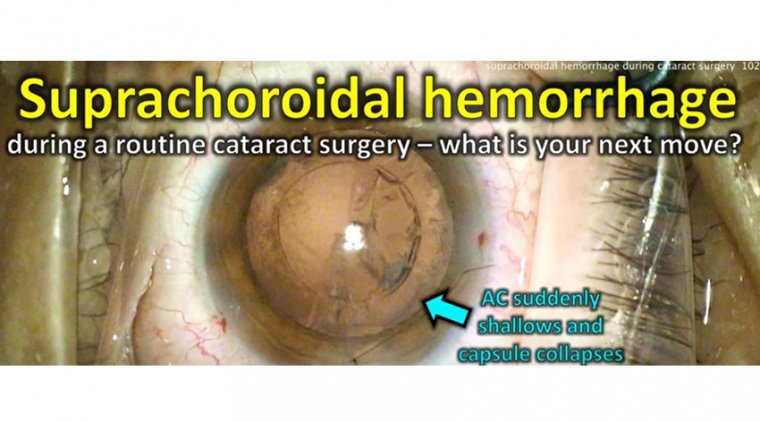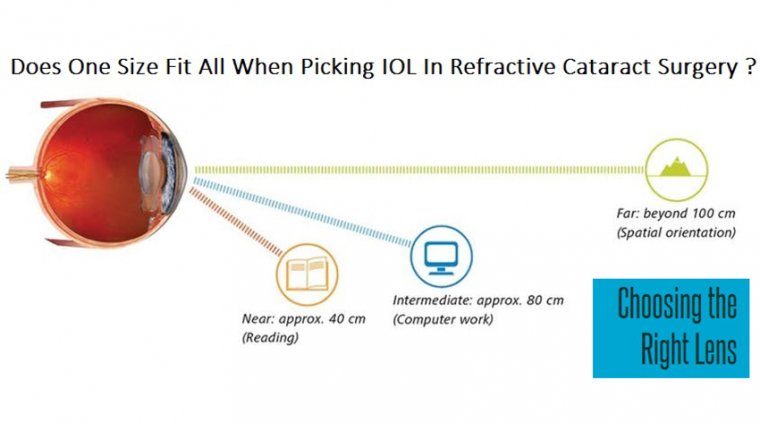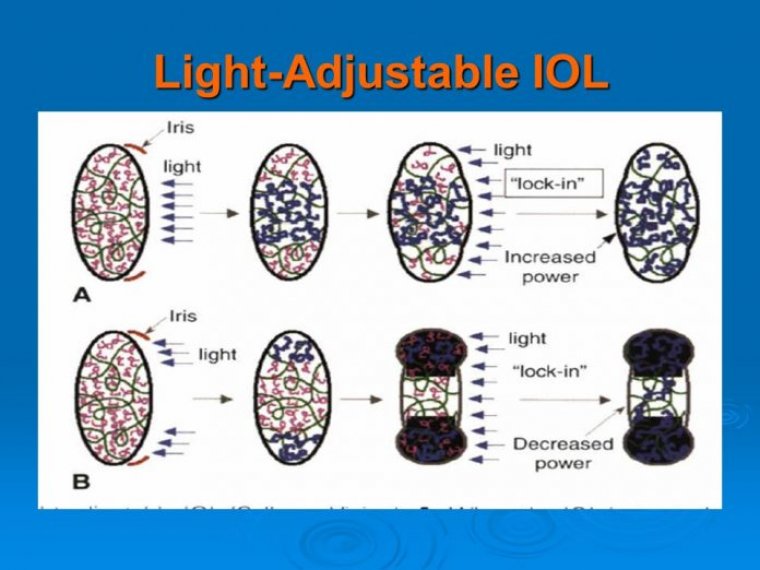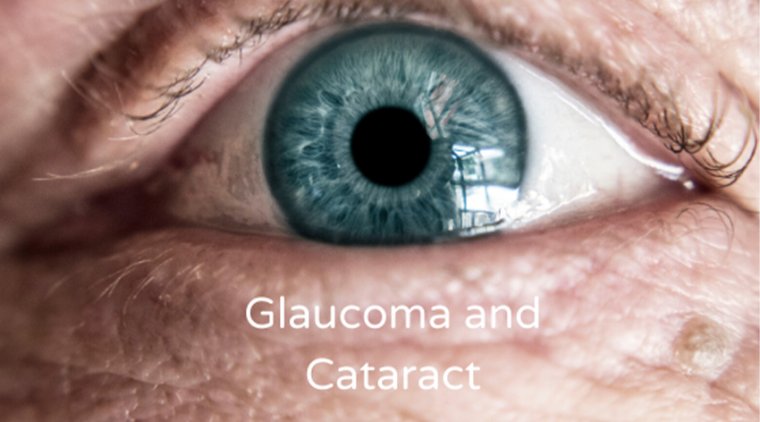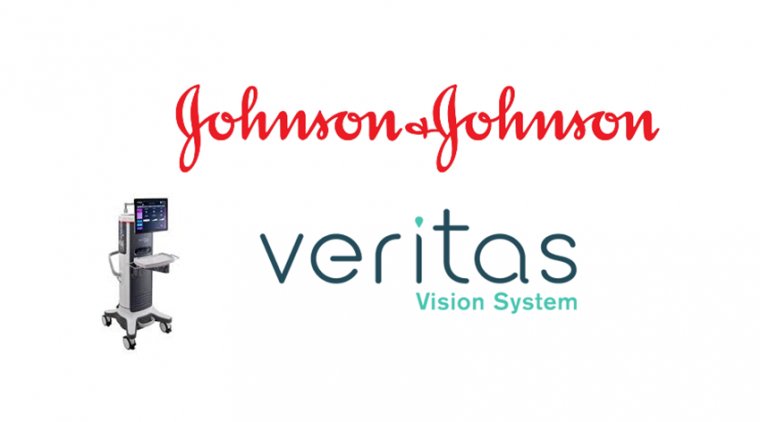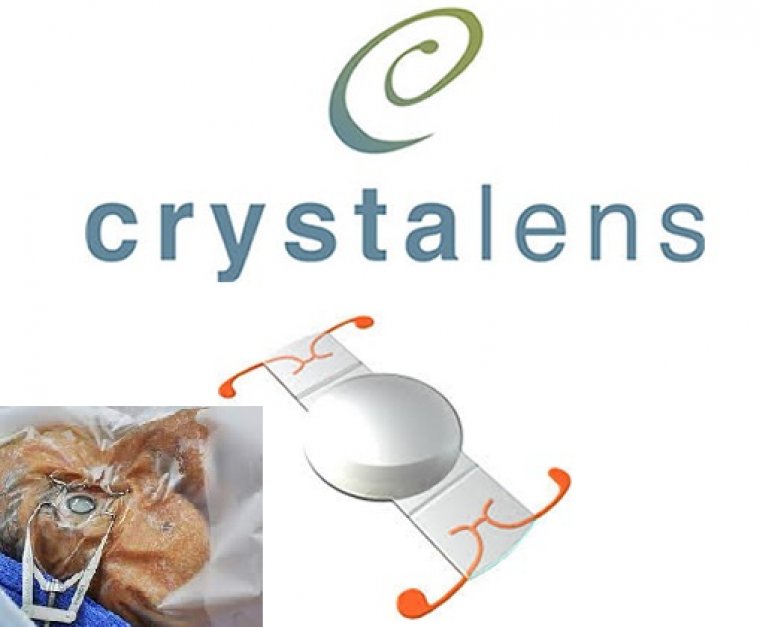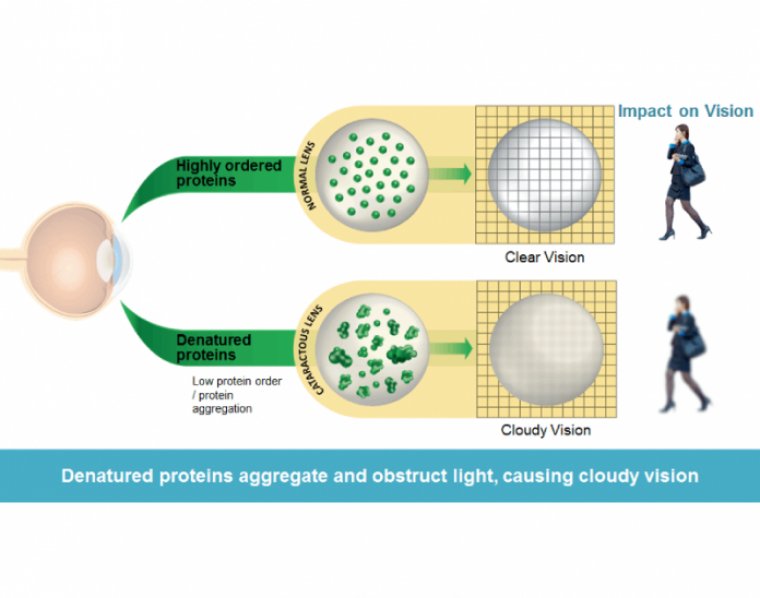
All About Refractive Surgery
Refractive surgery is an increasingly popular procedure for decreasing spectacle or contact lens dependency. The two most common surgical techniques to correct myopia are photorefractive keratectomy (PRK) and femtosecond laser-assisted in situ keratomileusis (FS-LASIK).
Refractive surgery is being performed for more than 30 years and is considered to be the safest and most favorable option for vision correction in myopic eyes.
These procedures are known to be very safe and highly effective, yet there are still many concerns regarding their safety and efficacy. Refractive surgery has evolved beyond laser refractive techniques over the past decade.
Laser refractive surgery procedures such as laser in-situ keratomileusis, surface ablation techniques such as laser epithelial keratomileusis, and photorefractive keratectomy have now been established as fairly safe procedures that produce excellent visual outcomes for patients with low-to-moderate amounts of ametropia.
Additionally, a broader selection of options are now available to treat a wider range of refractive errors. Small incision lenticule extraction uses a femtosecond laser to shape a refractive lenticule, which is removed through a small wound.
The potential advantages of this procedure include greater tectonic strength and less dry eye. In the future, intracorneal implants could be used to treat hyperopia or presbyopia.
Phakic intraocular implants and refractive lens exchange might be useful options in carefully selected patients for correcting high degrees of ametropia. Thus, physicians are now able to provide patients with the appropriate refractive corrective option based on the individual's risk–benefit profile.
A systematic, comprehensive approach to assess candidacy for refractive surgery can optimize surgical success and patient satisfaction.
Whether undergoing a cornea or lens-based procedure, patients should be generally healthy, and surgeons need to have a good understanding of the individual’s vision needs and goals. In addition, a complete ocular examination is needed.
Advanced diagnostics can aid in decisions about candidacy and procedure selection, and more tools that show great promise for guiding surgical decisions are in development.
PATIENT CHARACTERISTICS
Information that includes patient age, refractive error, lens opacity, dry eye status, and overall ocular health provides the foundation for determining whether a patient is a candidate for refractive surgery and the best surgical option that will direct the preoperative work-up.
In general practice, laser vision correction is more strongly considered for a younger patient who still has good accommodative ability, whereas a refractive lens exchange may be preferable for an older individual.
Other considerations include the patient’s desire for good uncorrected vision at different distances and the importance of good stereopsis, both of which can take into account the individual’s occupation, hobbies, and recreational activities.
A history of previous ocular surgery, ocular pathologies, and previous use of contact lens monovision are other issues reviewed in the preoperative screening evaluation.
EXAMINATION
Components of the eye examination include current spectacle prescription; determination of monocular and binocular uncorrected vision acuity and near, best corrected visual acuity; and a surgical manifest refraction, including a cycloplegic refraction.
Ocular dominance is also checked, including optical ocular dominance if the motor is equivocal.
DIAGNOSTIC TECHNOLOGY
Diagnostic technologies are used to screen for corneal pathology that would determine patient candidacy for different procedures as well as for surgical planning.
Historically, Placido-based topography has been the gold standard for evaluating patient candidacy for corneal refractive surgery, but elevation based tomography has come into the mainstream and we have been studying in vivo assessments of corneal biomechanics.
With Placido-based topographers, findings of asymmetric bow ties, inferior steepening, or skewed radial axis may be indicative of a patient who has an abnormal cornea and may not be a candidate for LASIK or potentially any corneal refractive surgery, depending on a multifactorial clinical presentation and severity.
Using tomography, surgeons should check for a normal topographic pattern on the sagittal curvature map, normal thickness on the pachymetry map, anterior float less than 8 μm, and posterior elevation less than 18 μm to aid in screening patients as appropriate for LASIK.
Other indices also provide useful information. For example, a Belin-Ambrósio enhanced ectasia display value of less than 1.4 or a maximum Ambrósio relational thickness result of more than 400 are favorable factors for candidacy.
WAVEFRONT ABERROMETRY
Wavefront aberrometry is used in the preoperative evaluation of refractive surgery candidates to understand higher–order aberrations and for planning wavefront-guided laser vision–correction procedures, whereas biometry is needed in cases involving refractive lens exchange.
Ray tracing technologies that separate internal (lenticular) and external (cornea) optical aberrations can also be helpful for guiding surgical decisions. As an example, data from an eye exhibiting higher internal optical aberrations that indicated suitability for a refractive lens exchange procedure.
Anterior segment optical coherence tomography can provide information on pachymetry, epithelial thickness maps, anterior and, posterior keratometry, lens density, biometry, and in some cases, macular imaging. Lens imaging is also possible using Scheimpflug-based devices or double-pass wavefront technology.
ON THE HORIZON
The evaluation of corneal biomechanics will be coming into the clinic as a technique to screen for corneal ectasia and ectasia risk in laser vision–correction patients.
Early experience indicates that the tomographic and biomechanical index combines Scheimpflug-based corneal tomography and biomechanical evaluation is very helpful.
The color coded result identifies eyes that might be considered appropriate candidates for LASIK versus a surface ablation procedure, implantable contact lens, or refractive lens exchange.
Finite element modeling is also an exciting development for identifying eyes at risk for ectasia after laser vision correction. Our experience with both of these technologies has been very positive.
The modeling incorporates information from sets of pre-operative and post-operative cornea strain maps, which are generated from Scheimpflug tomography, to predict risk.
In clinical practice, the preoperative strain map of a surgical candidate is compared with the database to see how the features of the cornea match with those of an eye that went on to develop postoperative ectasia.


